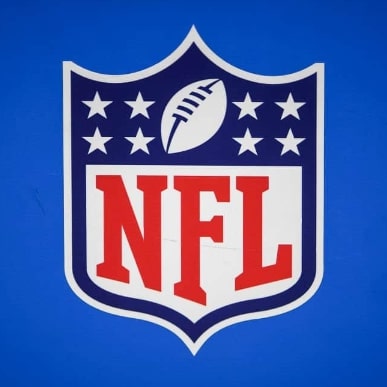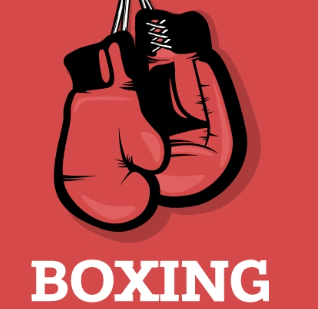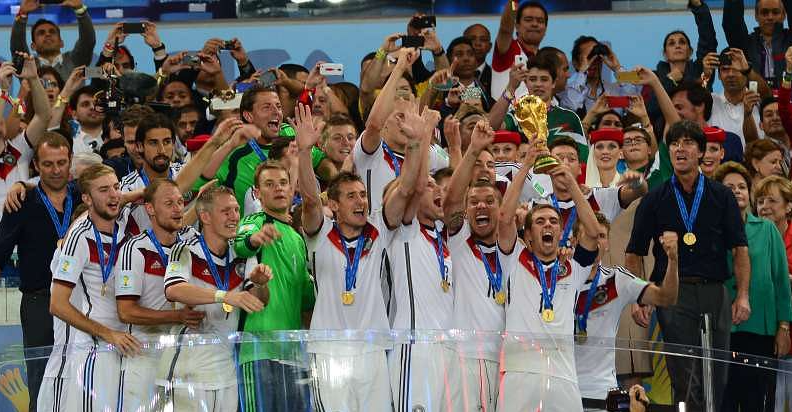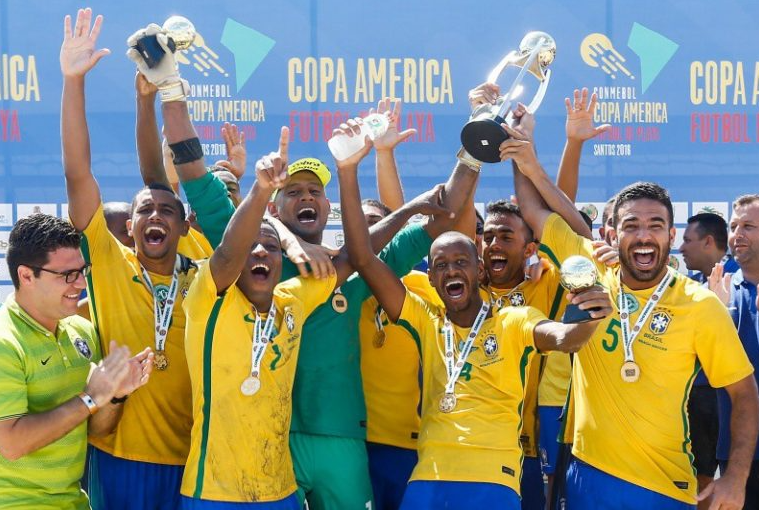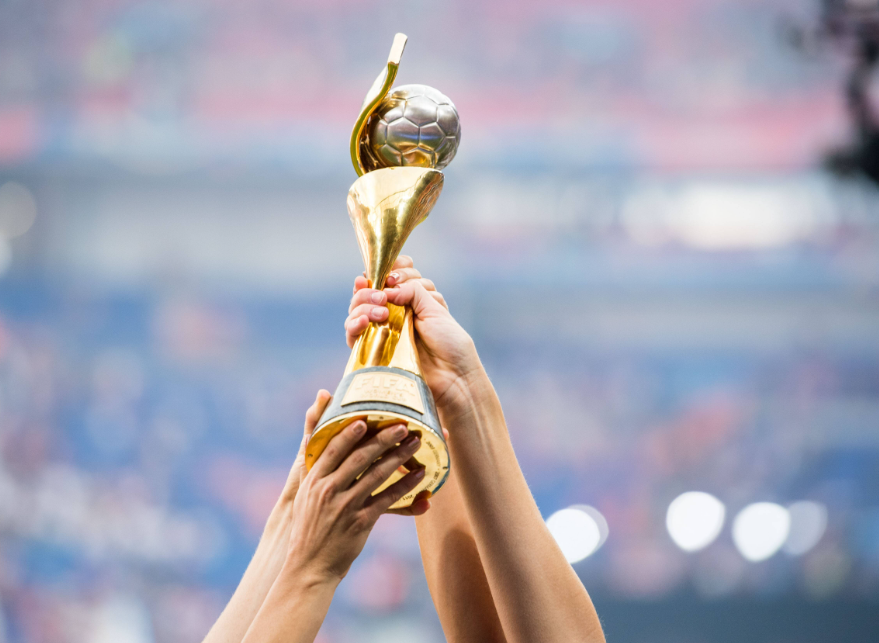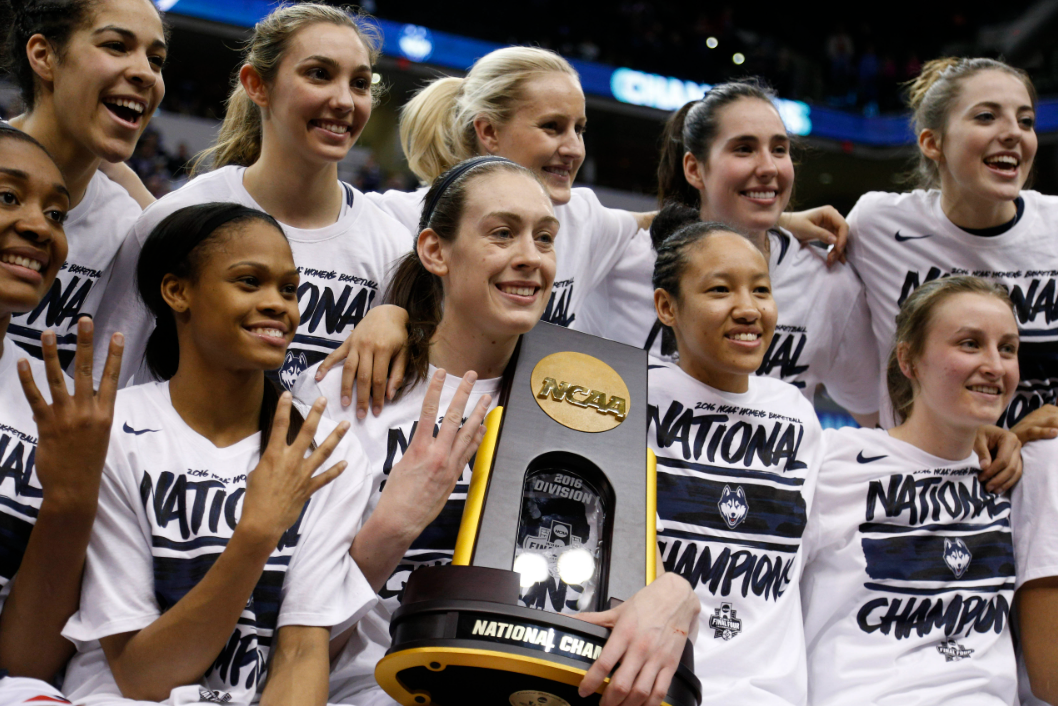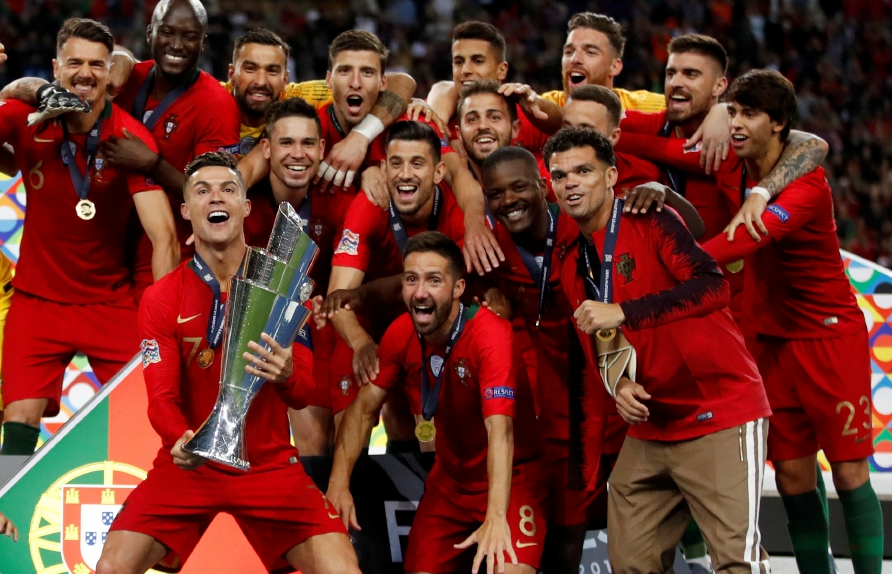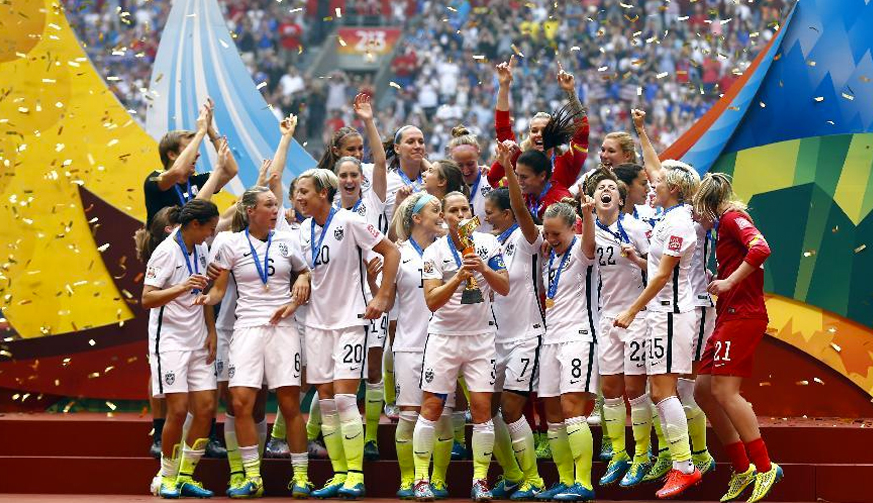Football at the Pacific Games Women Tournament
.png)
Football at the Pacific Games Women Tournament
Introduction
Women's Tournament was established in 2003 and has served as a qualifying tournament for the Olympic Games since 2007. Soccer was a mandatory part of the Pacific Games for men's teams for many years, but in 2017 it became a staple of the sport for both men's and women's teams.[3] Football has also been featured in several editions of the Pacific Mini Games, beginning with the first tournament in 1981. Association football has been an integral part of the Pacific Games, a sporting event for Pacific nations, territories and dependencies, since 1963. Until 2011, the competition was called the South Pacific Games.
Pacific Games Council
The governing body for minigames is the Pacific Games Council. As with the main games, the Olympic Council flag is presented at the end of each game to the host country of subsequent mini-games. As of 2017[1] the Council has 22 member states. Two other nations, Australia and New Zealand, are not members of the Council but are invited as observers to the Council's General Assembly.[1] These countries competed in minigames in 2017 and debuted in main games in 2015.Only six countries have participated in each edition of the Pacific Games: Fiji, French Polynesia (Tahiti), New Caledonia, Papua New Guinea, Tonga and Vanuatu. New Caledonia has dominated thirteen of the sixteen Pacific Games, Papua New Guinea two and Fiji one.
Sports
There are 37 Pacific Games Council sanctioned sports updated in 2019. Unlike the main games, Pacific Mini Games does not have a mandatory list of sports. However, 50% of the sports selected for the Games must be on the Pacific Games Council's list of mandatory sports.After the Saipan 2022 Games, 29 of the 37 sports were included in the minigames since the first edition in 1981.; The Football Association (PLFA) was founded in 1980 by soccer player Cristina Ramos, who later became a member of the team.[5] The Philippines participated in the 1983 Asian Women's Championship in Thailand, although the tournament was not sanctioned by either FIFA or the Asian Football Confederation (AFC) at the time. In order for the Philippines to be able to participate in FIFA tournaments, the PLFA and thus also the women's national team would have to be affiliated with the PFF, the Philippine National Sports Association for Football.
History
The Football Association (PLFA) was founded in 1980 by soccer player Cristina Ramos, who later became a member of the team.[5] The Philippines participated in the 1983 Asian Women's Championship in Thailand, although the tournament was not sanctioned by either FIFA or the Asian Football Confederation (AFC) at the time. In order for the Philippines to be able to participate in FIFA tournaments, the PLFA and thus also the women's national team would have to be affiliated with the PFF, the Philippine National Sports Association for Football and the PLFA which is the part of this league later became part of the PFF clubs league.
Competitive Record
Did not attempt to qualify for the inaugural FIFA Women's World Cup 1991 and did not compete in the AFC Women's Championship 1991 which served as Asia's World Cup qualifier. With the exception of the 2011 edition, the national team attempted to qualify for consecutive editions of the tournament for the first time since 1995.
Home stadium
The first recorded home games of the Philippines women's national team were played at the Iloilo Sports Complex.The tournament hosted the 1999 AFC Women's Championship. The national team has also hosted official international matches at PhilSports Football and Athletics Stadium and Moro Lorenzo Football Ground. In October 2015, the Philippine Football Association and the local government of Binan signed a Memorandum of Understanding that allowed the national team to use Binan Football Stadium as their home stadium for the next four years. Recently, the national team has played most of its games at Rizal Memorial Stadium in Manila, commonly referred to as the country's national stadium.
Member associations
Member Associations Members of Council are internationally recognized national multisport organizations from member countries and territories of the Pacific Community.[5] It currently has 22 members.[11] Pitcairn Island is the only member of the Pacific Community that is not a member of the Pacific Council, while Norfolk Island has been accepted as a member of the Pacific Games Council despite not being a member of the Pacific Community. 15 members are also member companies of the National Olympic Committees of Oceania (ONOC).[11] Australia and New Zealand have participated in the Pacific Games since the 2015 Games.
All Time Medal
Officially, the final medal table of the games does not recognize the winner, given the rules of the competition and fair play.[7] Australia and New Zealand entered the all-time rankings for the first time since the 2015 Pacific Games in Port Moresby, Papua New Guinea. The table below contains all games from 1963 to 2019.


